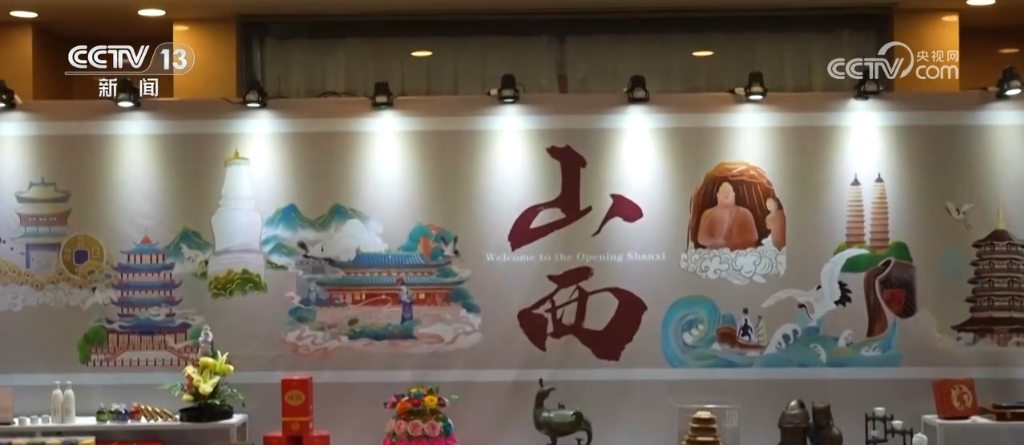There are specific methods for sand control and sand control that China brings to the world, and there are also development concepts of harmonious sand and "green and rich people prosper together"
"China not only effectively improves its ecological environment, but also actively promotes international cooperation in sand control and desert control, setting an example for the global response to climate challenges." Not long ago, the British Morning Star website published an article praising China's achievements in the field of desertification control and believes that China has provided valuable reference for global desertification control.
Desertification is a major ecological issue affecting human survival and development. Our country is one of the countries with the largest area of desertification, the most affected population, and the most harmful to wind and sand in the world. From promulgating the world's first sand control law, to organizing and implementing key ecological projects, to strengthening the support of scientific and technological innovation... For a long time, my country has taken sand control as the main task of desertification prevention and control, and has taken a series of effective measures. Today, my country's forest coverage rate has exceeded 25%, and 53% of the controllable desertified land has been effectively managed, becoming the country with the greatest contribution to greening in the world and an international model for sand control.
From "sand advances, people retreat" to "green advances, sand retreats", there are three dimensions to understand the Chinese wisdom in this historic transformation.
One is the dimension of time.
The communiqué issued by the Secretariat of the United Nations Convention to Combat Desertification at the beginning of 2024 shows that healthy land degradation is equivalent to the size of four football fields every second in the world. However, controlling desertification is not an easy task. Taking the sand control and desert control of the Taklamakan Desert as an example, by the end of 2024, the green sand barrier protective belt surrounding the edge of the Taklamakan Desert will achieve a comprehensive "dragon joint" locking. It took us nearly half a century to surround the world's second largest mobile desert. Some local cadres recalled that almost every newly planted forest land took 3 years and planted more than 3 times. Without the tenacity of being difficult and never retreat, how can the miracle of "green locking quicksand" come from? To control desertification, we need to fight every second and race against time, but also to work hard and persist in fighting a protracted battle.
One is the dimension of space.
The meteorological and hydrological conditions in different regions are different, so the plans for sand prevention and control will also vary. In Shapotou District, Zhongwei City, Ningxia, in the early stages of sand control, pebble paving, asphalt sand mixing, straw mat paving, etc., but they were all buried by wind and sand. Once, the staff used wheatgrass to pierce the words "Zhongwei Sand Farm" and other words in the desert. Afterwards, they were overjoyed to find that the square characters in it were not buried by sand. After repeated experiments, they finally invented the "Migrass Square" sand fixing method. In addition to the "Wheat Grass Square", many places have also explored technologies such as biological desert control and photovoltaic desert control. Thoughts determine the way out, but ideas also need to be adapted to local conditions. We implement policies in a classified manner, and use water to measure water. Forests are suitable, forests are suitable, grasses are suitable, and wastelands are suitable. This is a scientific method of sand control and the wisdom that China brings to the world.
There is another dimension of the relationship between man and nature.
As some experts pointed out, preventing and controlling desertification does not mean eliminating deserts. The purpose of sand prevention and control is to prevent and control sand damage and turn harm into benefits. For desertified and desertified land, it can be used in moderation, actively control, and moderately utilized due to harm. In the Daiqintala Forest Farm of Korqin Right Wing Middle Banner, Xing'an League, Inner Mongolia, on the edge of the Korqin sandland, more than 7,000 acres of Wenguan fruit trees not only effectively prevent wind and sand from invading, but also bring considerable economic income to the local people; Xiaxihao Town, Yumen City, Gansu, the former Gobi desert has transformed into a 45,000-acre high-quality wolfberry production base, with an annual output of 12,000 tons of dried wolfberry fruits and 5,000 tons of wolfberry pulp, with an output value of 580 million yuan; Maigaiti County, Kashgar Prefecture, Xinjiang, the former yellow sand land is now green, and desert tourism has become a new direction of industrial development... In fact, "sand control harm" and "sharing sharia" can be completely unified; the deep integration of industries and sand control can produce the effect of "1+1>2". It can be said that China has brought to the world specific methods to prevent and control sand, as well as the development concept of harmony between sand and "green and rich people".
Deflation prevention and control is related to the sustainable development of mankind. As a participant and leader in global desertification governance, in the future, China will uphold the concept of a community with a shared future for mankind, further share technology, exchange experience, work with all parties to add more green to the earth, and contribute more wisdom and strength to the construction of a beautiful and livable common home.


